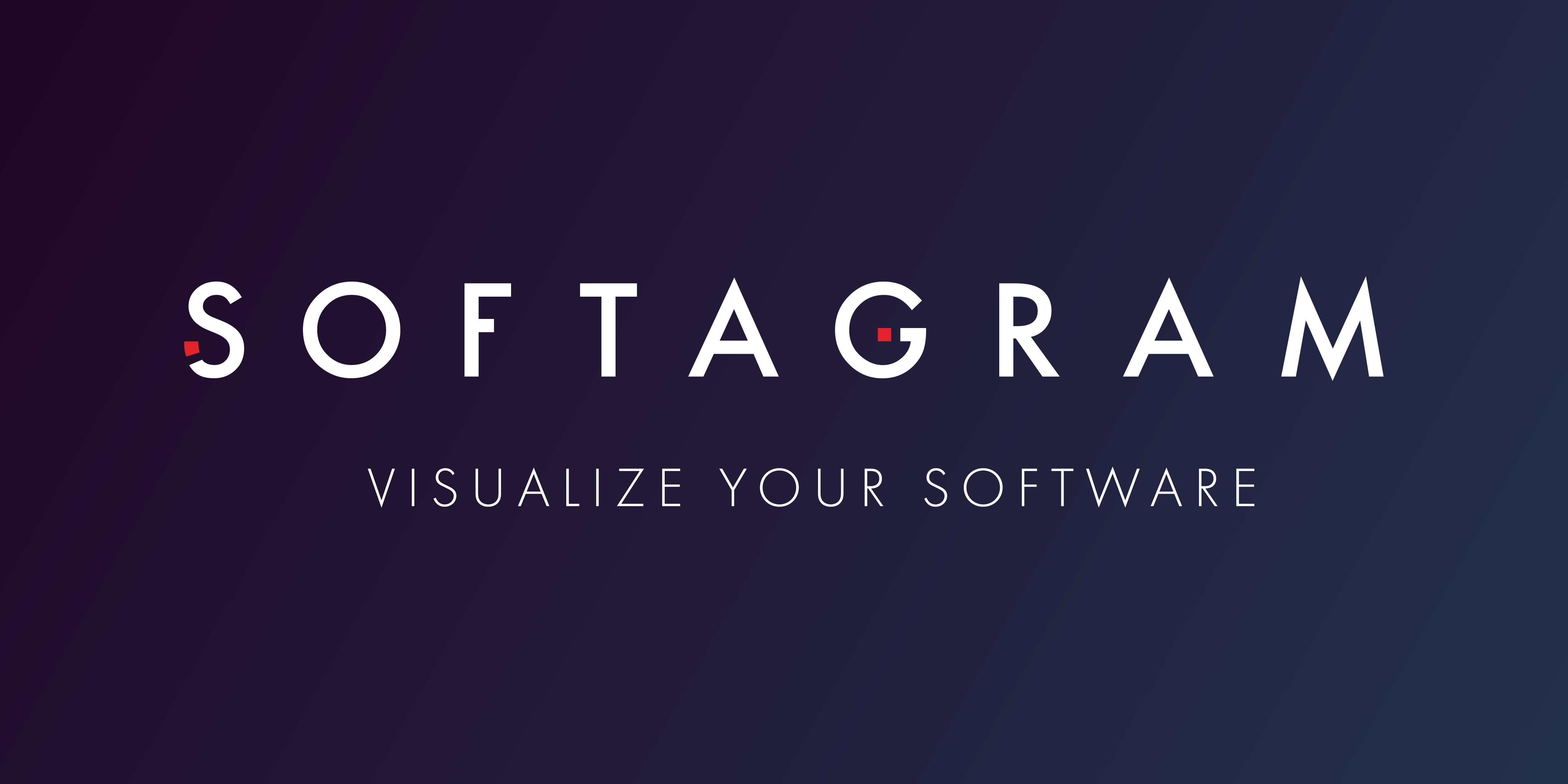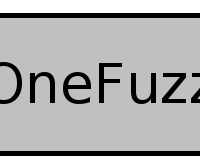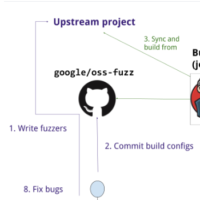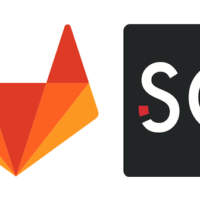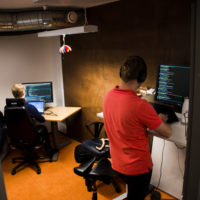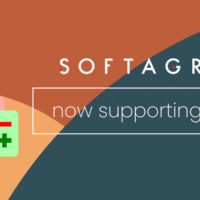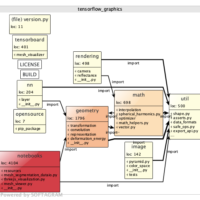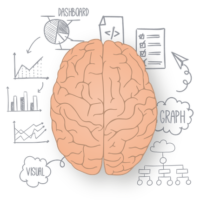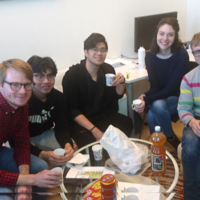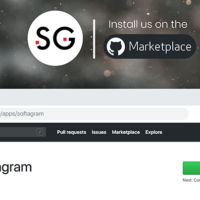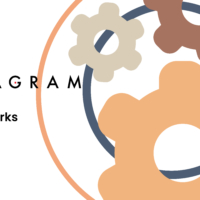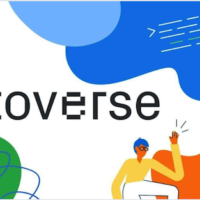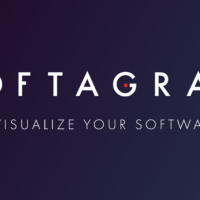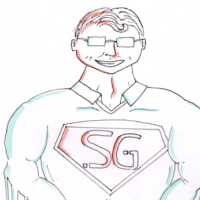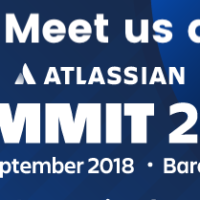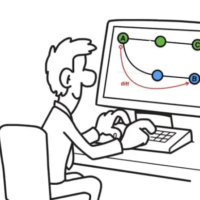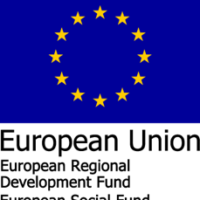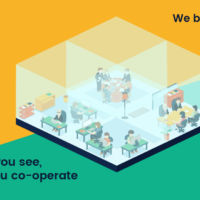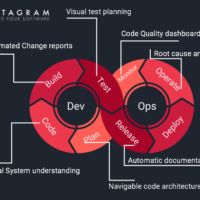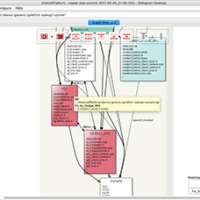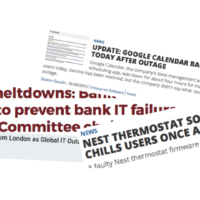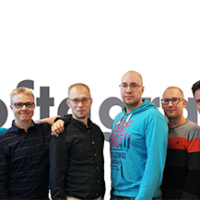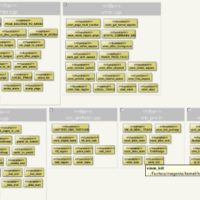Ville Laitila, Founder and CTO of Softagram, has had a long relationship with software development, beginning his journey as a programmer when he was just 11 years old. Ville has worked on several projects of varying sizes, and has had the opportunity to contribute to and enhance source code analysis technologies for several companies during his career. While working as a software engineer (Senior Architect and later Principal Architect) from 2007-2013, Ville's major achievement was the creation of a software visualization system which was used by thousands of developers within the Nokia ecosystem. That product would become the inspiration for Ville's own company, Softagram, which he founded in March 2013. We had a chance to steal away a bit of Ville's time for a short interview on his career and company.
MW: First of all, I guess the most important thing to you is getting some information out about the product. So could you explain what Softagram is in terms my grandma could understand?
VL: Softagram creates a map of code changes. Software belongs to the most complex creatures created ever. Mapping the software and showing how it has evolved helps developers to better understand the context of a change and review the essential structural changes, such as adding a new dependency. If you don't pay attention to created dependencies, technical debt is cumulated, turning the software into a dependency hell.
MW: Why don’t you tell me a little bit about how you got started in programming - what inspired you at such a young age to start typing your first code?
VL: To this I am thankful to my father who lead me into the world of high level programming languages such as Prolog and Java in the age of 12. I soon started learning also Assembler and C since I started dreaming of developing my own game.
MW: I noticed that you’ve been working on source code analysis projects since 2001. What made you especially interested in this topic?
VL: I was involved in a start-up where we tried to introduce language porting tools. The first phase was to understand how programming languages work, writing grammars, manipulating syntax trees and deriving information from there. Soon I realized there is a huge potential in the area of developer productivity. It is fascinating that you are the user of your own product. That helps in keeping the feedback loop efficient.
MW: What kind of hobbies do you have outside the office, and do you feel like you have enough work-life balance to enjoy them?
VL: I enjoy running, kayaking and also programming hobby projects. I have created lots of personal applications for me and my family to use, some of them to be open sourced at some point. Work-life balance is difficult for me, since I am so heavily involved in everything we do at Softagram. However, nowadays I have learned to rest and enjoy distraction-free holidays.
MW: What advice would you have for young developers who want to make a career out of programming?
VL: Always listen to your heart. If you have new crazy ideas or work-related ideas, just start implementing. Do pet projects if time allows. That is the best way to learn. Understanding algorithmic complexity and data structures is nowadays important since there is the trend of growing data assets. The importance of using data is growing all the time.
MW: One last thing, what is this I’ve heard about “eating [your] own Dogfood?”
VL: As Softagram is a product and a tool for developers, it is exciting to be able to use it for development of Softagram. Every day our product is tested closely and we get the feedback of any new development fast, since our staging environment is connected to our own Git repositories.
Check the short video of that below:
If you want to try out Softagram for yourself, head over to https://softagram.com/pull-request-bot/ to try out the free pull request analysis on your open-source project!
